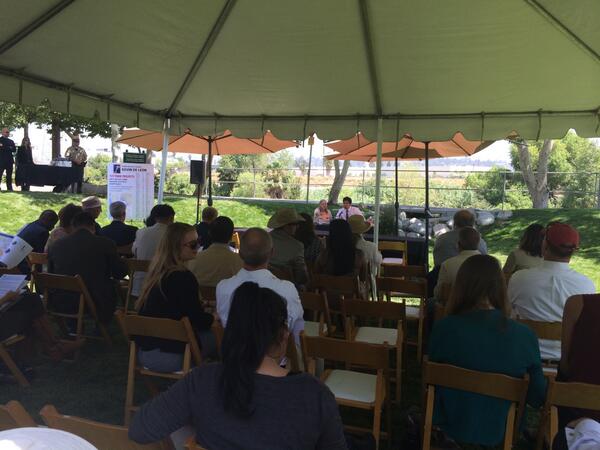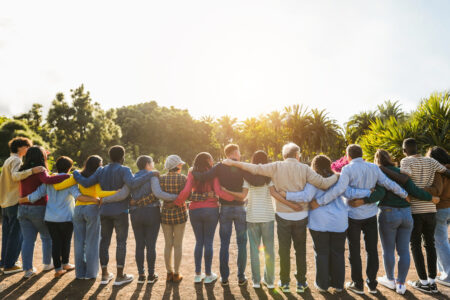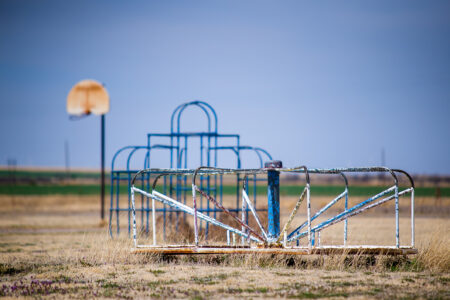
Share On Social!

Resource bonds that bring more parks and green space to low-income, park poor communities can make a difference in the way Latinos live, work, and play, according to the City Project.
In a June 2014 update from the City Project—a non-profit group that works towards equal justice, democracy, and livability by improving the conditions of the built environment—we are reminded that equitable distribution of park funds must continue and that policy should be written to include standards to ensure that this happens.
At a Summer 2014 park bond hearing, according to a KCET news report, Robert Garcia Founding Direct and Counsel of the City Project said: “Fair distribution of funds is good policy.”
As stated in a City Project blog, California’s Assembly Bill 31 (2008) is a great example of legislation that includes language to ensure that park funds are invested in underserved communities, such as those with less than 3 acres of park land per 1000 residents. Since its enactment, the City Project reports that 58% of AB 31’s $400 million funds have been invested in park poor, low-income communities. Another 35% of these funds were invested in either park poor or income poor communities.
As communities move forward with seeking ways to improve access to green space for Latinos, the City Project offers ten recommendations for promoting equal access to parks.
Ten Recommendations from the City Project
1. Prioritize projects in communities with the greatest need, using park poor and income poor under AB 31 as a best practice.
2. Create meaningful work, apprenticeships, and opportunities for diverse enterprises now through a 21st century Civilian Conservation Corps.
3. Take people to the parks now through Transit to Trails. This is the most effective community engagement tool. Taking people to the parks is faster, cheaper, and more effective in the short term, and builds support for creating new parks in underserved communities.
4. Park agencies must collect, analyze, and publish data to demonstrate who benefits from past and future resource funds.
5. Policies and programs must be in place to avoid gentrification and displacement as places become greener and more desirable.
6. Agencies should ensure compliance with federal and state civil rights nondescrimination requirements through the planning and funding process. The Army Corps of Engineers draft study for revitalizing the Los Angeles River; the NPS study for the proposed national recreation area in the San Gabriel Mountains and watershed; and Congresswoman Judy
Chu’s draft legislation for the national recreation area are best practices to promote environmental justice and health.
7. Agencies and foundations should provide fair and adequate funding for community based organizations and advocates for civil rights and environmental justice.
8. Health impact assessments should be conducted for park projects.
9. Multibenefit green / blue projects should promote diverse values including health and human development; economic vitality for all; conservation values of clean land, air, water, and climate justice; culture, history, and art; and Native American values.
10. Urban state parks should reflect the needs of urban residents including health and active recreation.
Read more about this here.
By The Numbers
33
percent
of Latinos live within walking distance (<1 mile) of a park



